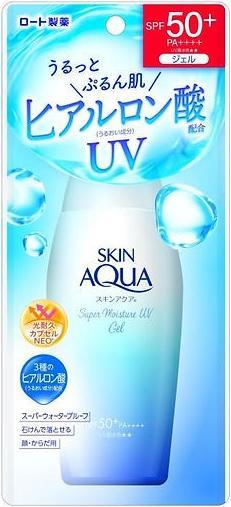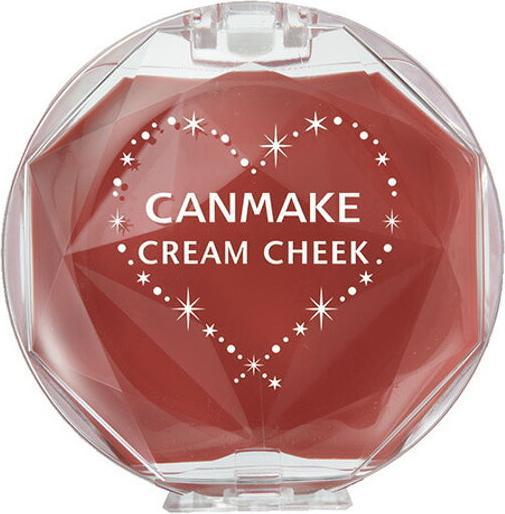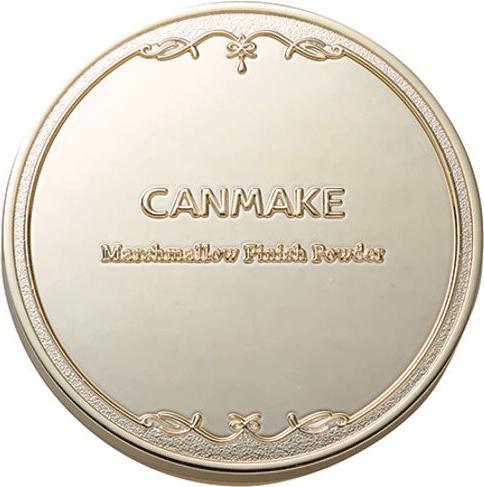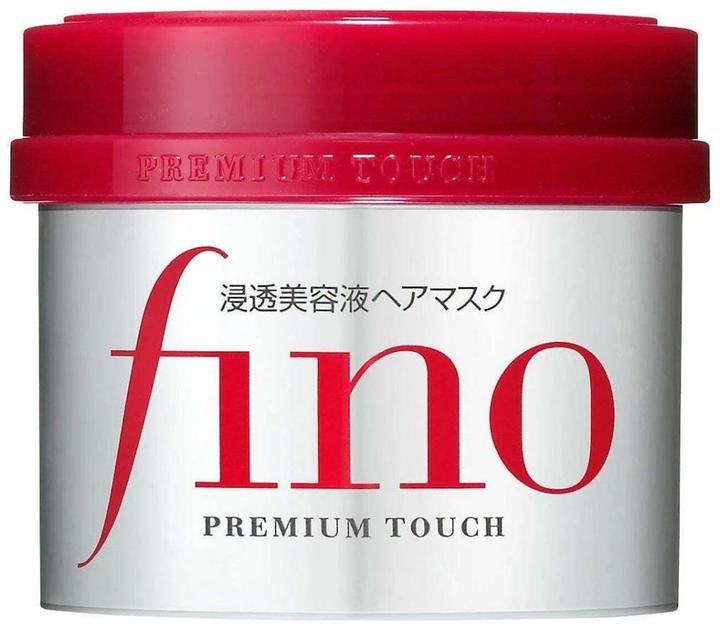

J-Beauty expert: «Skincare is taken very seriously in Japan»
Helen Dao imports Japanese cosmetics to Switzerland and is a J-Beauty pro. I talked to her about which products are particularly popular in Switzerland and what to look out for when you first buy Japanese beauty products.
If you live in Switzerland and buy Japanese beauty products, you’ll probably have heard of Little Japan. Helen Dao (28) launched the online shop four years ago – out of necessity. Born in Vietnam, she moved to Switzerland in 2016 to complete her Bachelor’s degree in Hotel Management. Today, she’s the only importer of Japanese cosmetics in Switzerland. Her shop’s product range is also available on Galaxus. I met the entrepreneur for an iced tea.
Helen, why J-Beauty? Are Vietnamese cosmetic products not good enough?
My cousin’s the reason why I’m interested in J-Beauty. We grew up together in Ho Chi Minh City. She later got married and moved to Tokyo. Every time she visited us, she brought me something from Japan – lipsticks or a blusher. These products became an integral part of my make-up routine. When I moved to Switzerland in 2016, I ran out of products and couldn’t get hold of them, as there were no suppliers of Japanese cosmetics in Switzerland at the time.
And now there’s Little Japan. How did that come about?
I began to order my favourite beauty products directly from Japan for my own use. With shipping and customs charges, that’s pretty expensive. In 2020, I had the idea to create Little Japan for the first time. But I didn’t know if anyone else was interested in Japanese products, too.
Turns out you weren’t the only one.
Before placing my next order, I asked on social media if anyone else would like something from Japan and wanted to share the shipping and customs fees. Many people got in touch with me. Numerous joint orders followed and new requests kept coming in. At that time, I passed the orders on to my cousin and she bought the products in Japan. Eventually, the demand exceeded her capacity. After all, she was working a full-time job. Imagine having to go to Migros every day after work to buy products for your relatives. How tedious! That’s how the idea for the shop manifested. I looked for a reliable partner in Japan who’d contact manufacturers and coordinate the shipping to Switzerland.
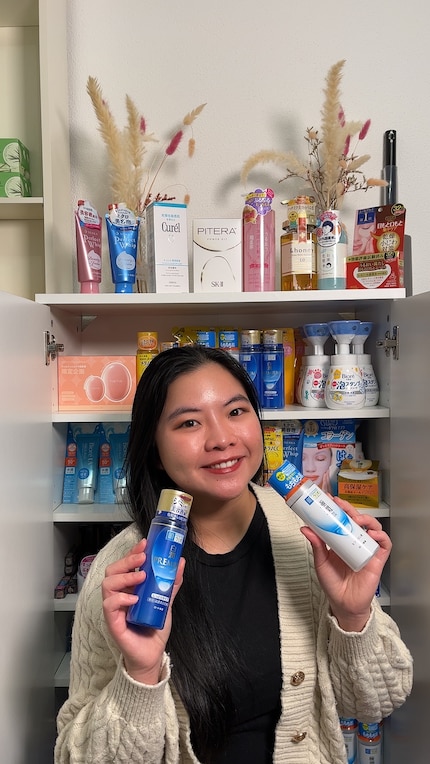
Source: Helen Dao
What do you like most about J-Beauty?
It follows the philosophy of keeping the skin barrier healthy and restoring it. Similar to Korean products), Japanese cosmetics contain mild ingredients. In Europe and the USA, products are made with more active ingredients such as exfoliating acids. What’s more, Japan has the strictest regulations when it comes to product formulations compared to other countries. This means manufacturers have to adhere to strict guidelines if they want to sell their products in Japan.
I didn’t know that. Hence the good reputation.
Yes, but it’s common for Japanese brands to open subsidiaries in less strictly regulated countries, such as Vietnam. This means if you compare the supposedly same product made in Japan vs. Vietnam, you’ll notice a difference because the product made in Japan has to meet higher quality standards.
How do you decide which products to include in your range?
First and foremost, I stocked up my own favourites. But the enquiries on social media also quickly revealed patterns. Many of my customers know exactly what they want. This is what guides my choices.
Which Japanese products are particularly popular in Switzerland?
The Fino hair mask by Shiseido for silky hair, as well as the moisturising shampoo and conditioner by & Honey.
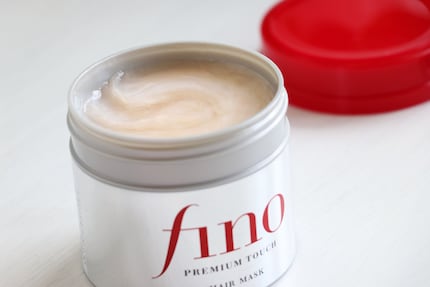
Source: Natalie Hemengül
The Skin Aqua UV Super Moisture Gel is my bestseller when it comes to sun protection products. As for make-up, my favourites include Canmake products – especially the Cheek Blushes cream and the Marshmallow Finishing powder.
Do you think J-Beauty benefits from the K-Beauty hype?
The interest in K-Beauty has certainly made people curious about what else the Asian beauty market has to offer. Korea has done a good job of marketing their beauty products to the rest of the world. Japanese brands, on the other hand, invest significantly less money in publicising their products internationally.
What trends do you see in Japan?
Having beautiful, healthy skin is a big topic. One of the reasons for this is that wearing make-up isn’t allowed in schools. Many young women still look for a way to wear make-up without it being noticeable. This is why the Asian make-up aesthetic is very natural – almost as if people were just blessed with flawless skin. However, a lot of skincare and natural-looking make-up products go into looking this way. There’s a somewhat newer trend, which originated in Korea – the so-called Aegyo-Sal. It emphasises the pocket of fat found directly under the eye, which is supposed to give you a cute smiling eyes look.
Does this mean skincare is very important in Japan?
Skincare is taken very seriously in Japan. Unlike in Western beauty standards, people in East and Southeast Asia try to avoid sun-tanned skin. They prefer a pale look. This is why sun cream is part of the daily routine for both men and women – and why formulas are usually designed for daily use. In other words, non-greasy, light textures that can be worn under make-up.
I’ve noticed that almost all Japanese sunscreens are available in three versions. Why’s that?
This is how brands cater for different skin types. Sun milk, for example, is a fluid that’s long-lasting and resistant to water, heat and perspiration. It’s particularly suitable for oily skin and needs to be shaken well before application. Gel, on the other hand, has a refreshing, water-based texture that’s ideal for combination skin. And then there’s essence, which is particularly moisturising for dry skin and has a texture similar to a serum.
I recently tested Japanese sunscreens. What struck me was the plastic-heavy packaging. That’s unusual in Switzerland. Why is that the case?
In Asia, convenience is often a top priority. Unfortunately, environmental aspects aren’t as prevalent as they are here. The plastic culture in Japan is also based on a strong need for hygiene. In recent years, however, I’ve noticed that awareness of this has increased and things are changing – albeit slowly. The Anessa sun cream that you tested, for example, now comes in cardboard packaging.
Do you have a Japanese beauty tip for me?
Use a facial foaming net – a gadget that’s particularly popular in Japan. I even brought you one.
Oh, that’s very kind, thanks a lot! So how and why do I use it?
You use it for gentle facial cleansing. Apply some of your water-based cleanser to the mesh, moisten it and rub it until it creates a thick, firm foam that you won’t be able to achieve by hand. Then take the foam and use it to cleanse your skin. Don’t use the net directly on your face or your skin will be exposed to unnecessary friction.
I’ll definitely try it out. One last thing: I’m travelling to Japan soon and am slightly intimidated by the large selection of beauty products. What should I look out for?
The Cosme seal of approval is a good and reliable reference point. Cosme is comparable to Sephora and is the number one in Japan in terms of product rating. Their ranking is trustworthy and based on nationwide user feedback. You can find the top products in various categories on their website, but you’ll have to translate it into German first. Manufacturers often print the round, yellow seal of approval directly onto their product packaging. This allows you to see if a product is popular straight away.
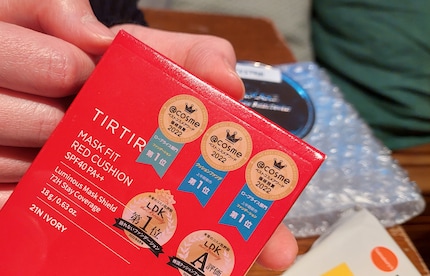
Source: Natalie Hemengül
As a massive Disney fan, I see the world through rose-tinted glasses. I worship series from the 90s and consider mermaids a religion. When I’m not dancing in glitter rain, I’m either hanging out at pyjama parties or sitting at my make-up table. P.S. I love you, bacon, garlic and onions.
Interesting facts about products, behind-the-scenes looks at manufacturers and deep-dives on interesting people.
Show allThese articles might also interest you

Background information
The messy side of the make-up industry: «I didn’t want to be part of the problem»
by Natalie Hemengül

Background information
10 questions for K-beauty expert Lilin Yang
by Natalie Hemengül

Background information
Everyone wants Orgasm! 3 product lines that have become staples in the beauty scene
by Natalie Hemengül


